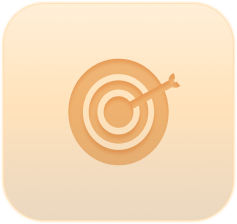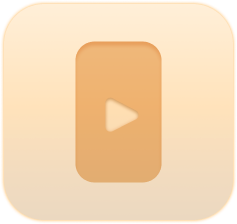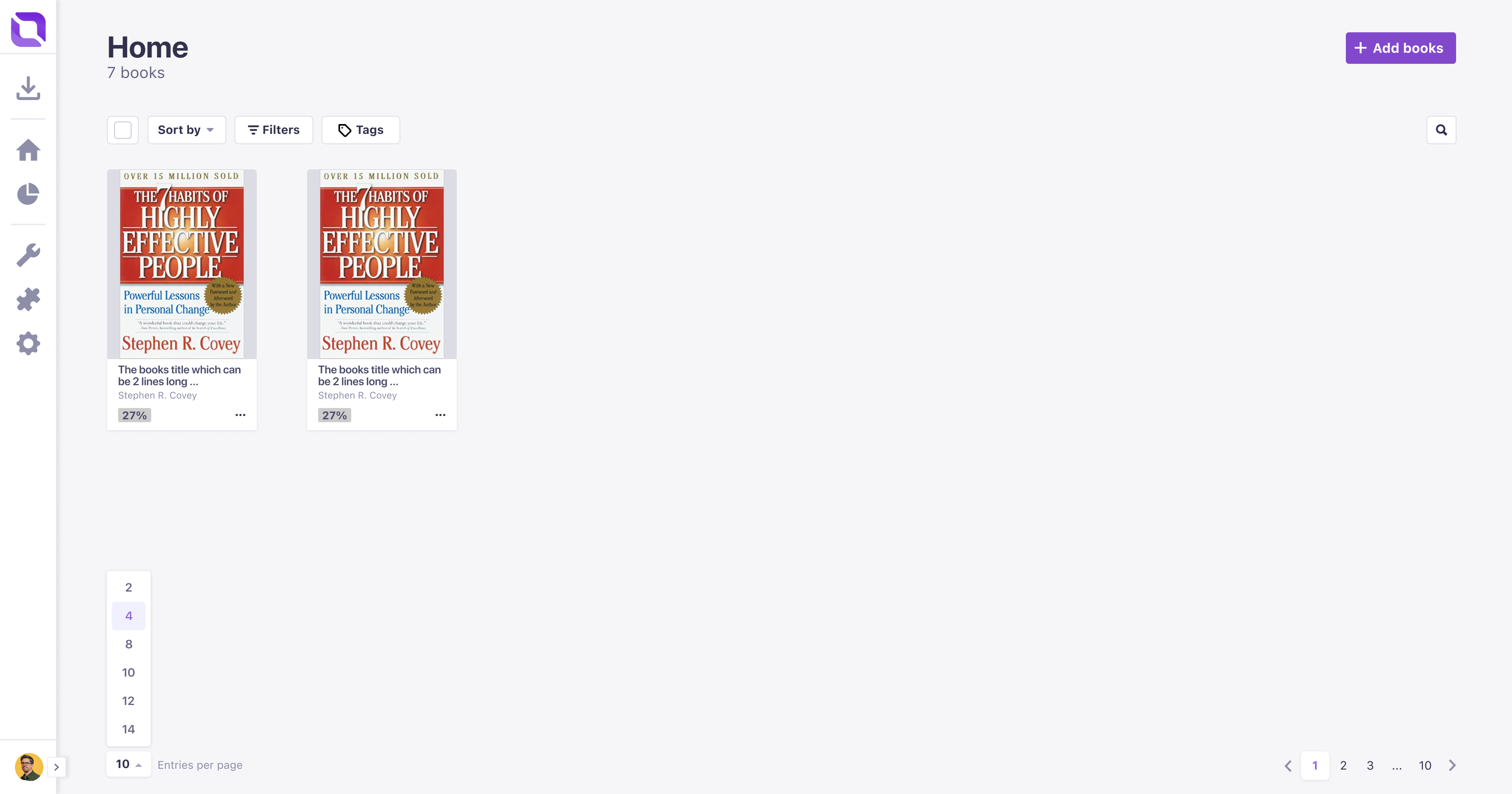.png)
Librum
Learning reinvented

Librum evolved from turning pages to building knowledge.

The goal

To find intuitive solutions that let users have both notes and resources (books, documents, etc.) in Librum while also making it possible to organize their library well.

The approach

We explored two main directions:
GoodNotes-style approach
Notes and resources live together in the same system.Users can group them into folders or collections.Pros: Feels flexible and simple; mirrors how people organize physical notebooks.Cons: Large collections risk becoming cluttered.
Separated Views approach
Notes and resources are in distinct spaces, each with its own folder structure.Pros: Clear separation; easy to navigate depending on intent (reading vs. note-taking).Cons: Risk of context-switching and fragmentation.
GoodNotes-style approach
Notes and resources live together in the same system.Users can group them into folders or collections.Pros: Feels flexible and simple; mirrors how people organize physical notebooks.Cons: Large collections risk becoming cluttered.
Separated Views approach
Notes and resources are in distinct spaces, each with its own folder structure.Pros: Clear separation; easy to navigate depending on intent (reading vs. note-taking).Cons: Risk of context-switching and fragmentation.

Prototyping

Built low-fidelity prototypes of both approaches.
Conducted usability sessions with students and professionals
Key insights:Users wanted a sense of connection between notes and the resources they came from.
Library organization was critical — users needed both quick access and hierarchical control.
Flexibility was more important than rigid structures.
Conducted usability sessions with students and professionals
Key insights:Users wanted a sense of connection between notes and the resources they came from.
Library organization was critical — users needed both quick access and hierarchical control.
Flexibility was more important than rigid structures.

Final direction

We designed a hybrid model:
Resources (books, PDFs, documents) live in the main Library.
Notes can be:Attached directly to resources (anchored to pages/sections).
Created as standalone documents but still organized into the same folder system.
The folder system allows mixing resources and notes, but with filters and views for those who prefer separation.
Resources (books, PDFs, documents) live in the main Library.
Notes can be:Attached directly to resources (anchored to pages/sections).
Created as standalone documents but still organized into the same folder system.
The folder system allows mixing resources and notes, but with filters and views for those who prefer separation.

Outcome

Librum evolved into a full learning platform where reading, note-taking, and organizing happen in one ecosystem.Early testers reported:
Faster workflow (no need to jump between multiple apps).
Clearer mental model of their study/research materials.
Reduced friction in retrieving both notes and references.
Faster workflow (no need to jump between multiple apps).
Clearer mental model of their study/research materials.
Reduced friction in retrieving both notes and references.

Previous Dashboard
Redesigned Dashboard
.png)
